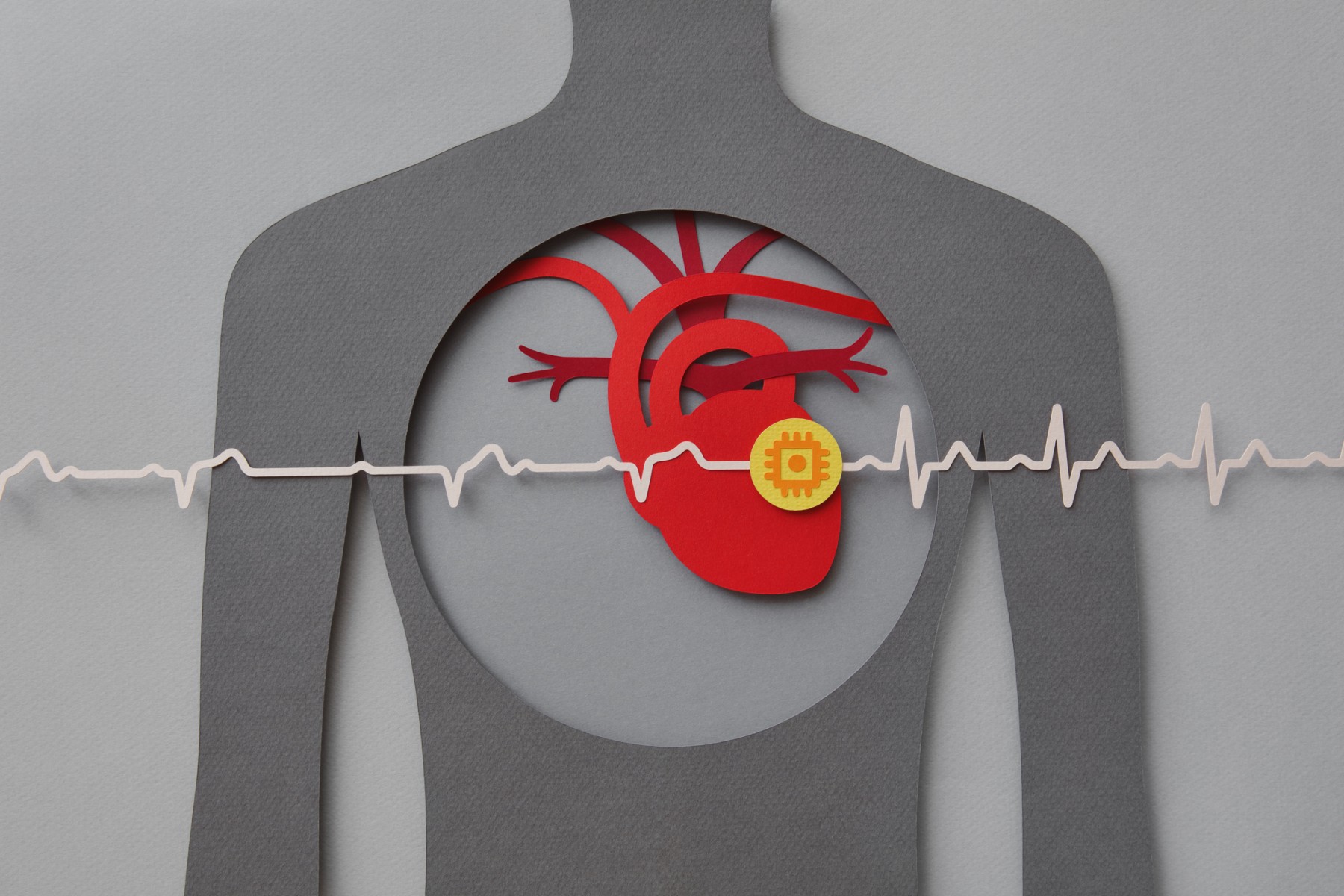The findings, published in JAMA (Journal of the American Medical Association) Network Open, point to “digital shifts” in cardiovascular care amid the ongoing COVID-19 pandemic.
“We were encouraged to learn that access to cardiovascular care was maintained for high-risk and underserved communities during the pandemic,” said Joseph Ebinger, MD, director of Clinical Analytics in the Smidt Heart Institute and senior author of the study. “This same study, however, identified some differences in care that we need to delve into further to better understand.”
The researchers examined data collected from 87,182 pre-COVID in-person visits, 74,498 COVID-era in-person visits, 4,720 COVID-era telehealth video visits and 10,381 COVID-era telephone visits.
Across all categories, patients accessing COVID-era remote visits were more likely to be from racial or ethnic minority groups, have private insurance and have cardiovascular conditions such as hypertension, coronary artery disease, atrial fibrillation and heart failure.
Researchers then compared how often medications or follow-up tests, including electrocardiograms and echocardiograms, were ordered. Findings suggest a decrease when compared to pre-COVID visits.
“Our data reveal a reduced rate of testing and prescribing, likely due to a number of factors,” said Ebinger. “We see these results as being not obviously negative or positive but a trend that is important to understand. For instance, lower rates of testing and prescribing may–in many instances–reflect reductions in the types of care that are not really needed to achieve good health outcomes while adding costs to the system.”
Benefits and Pitfalls of Telehealth
One of the key benefits to telehealth visits, researchers say, is access to a cardiologist at a distance, which is vital for individuals who cannot—or do not want to—travel for care due to concerns over virus exposure, lack of transportation, increased family demands or inability to take time off of work. Without telehealth visits, Ebinger said, many of these patients may well not have received any healthcare at all.
But researchers also note the importance of recognizing potential pitfalls of telehealth services, many of which disproportionately affect communities of color.
“Being a relatively new platform for patients and providers alike, there is a learning curve with telehealth, both technically and with respect to comfort and confidence,” said Susan Cheng, MD, MPH, MMSc, associate professor, Cedars-Sinai Department of Cardiology, director of the Institute for Research on Healthy Aging in the Department of Cardiology at the Smidt Heart Institute, and an author on the study.
As an example, Cheng notes that patients must have access to a device that allows them to connect with their provider. Similarly, patients must be comfortable with the telehealth platform and feel confident around how to access and use it effectively.
Notwithstanding the challenges of telehealth, there are also conveniences. Researchers say past reports have indicated that racial and ethnic minority populations make up a disproportionate size of the essential job market. Essential worker schedules have been even busier during the pandemic, making it more difficult to fit in an in-person medical appointment during regular business hours. This factor could have contributed to the higher rates of telehealth use among racial and ethnic minority patients.
As a next step, researchers plan to determine whether the changes in clinician practices during the pandemic will lead to changes in patient outcomes.
“We plan to next examine if the ordering of fewer tests, such as stress tests, might predispose to missed diagnoses,” said Ebinger. “To understand the balance of risks and benefits, we are also investigating whether the fewer tests ordered might actually represent opportunities to streamline away from certain types of care that were not important contributors to health in the prior system of only in-person visits.”


